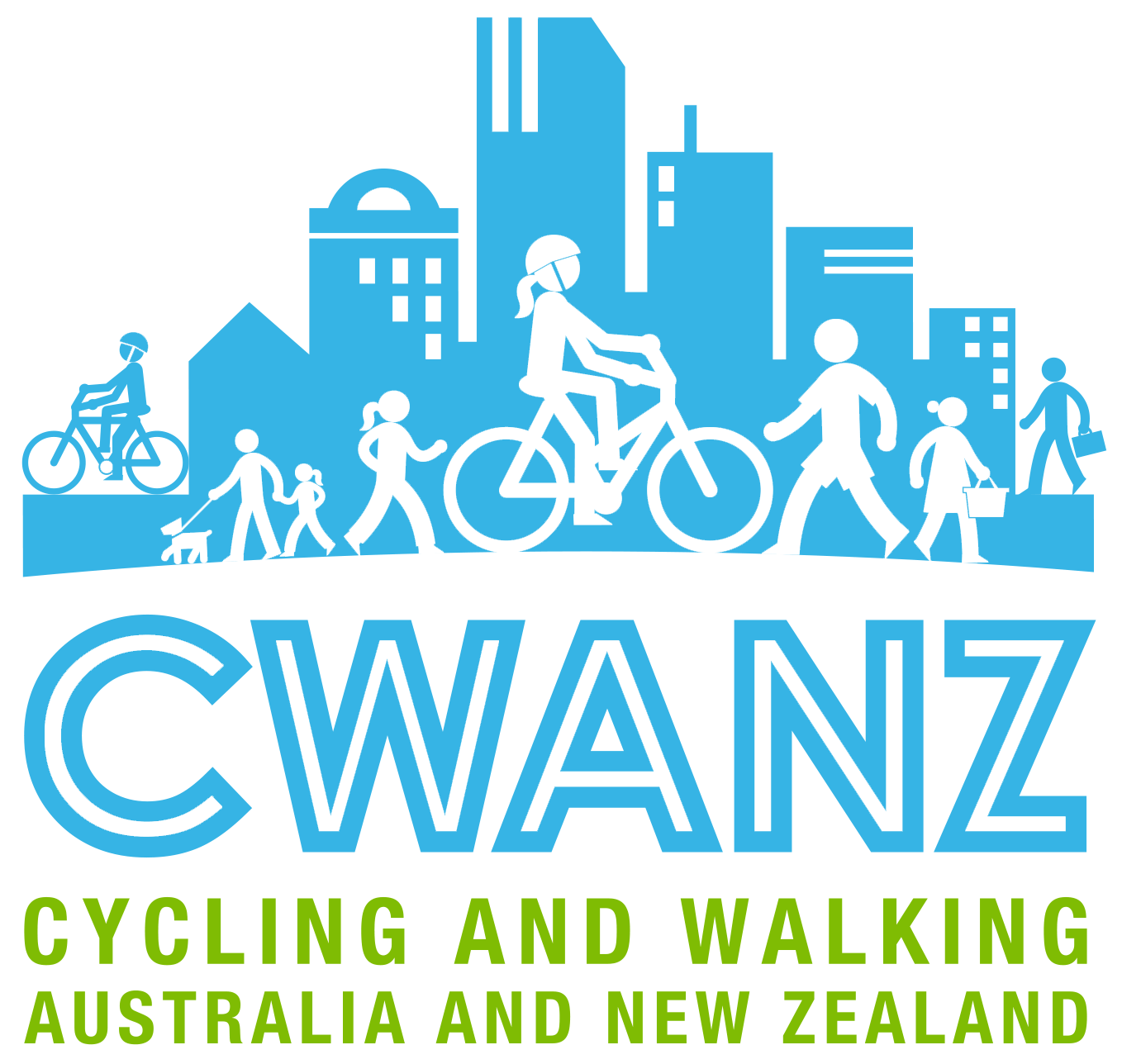Getting to and from public transport is integral to every public transport journey.
All passengers must make their way to a public transport stop to board public transport, then make their way from where they disembark to their final destination. Often referred to as the ‘first and last mile’, the actual length of these trips can range from less than 100m to many kilometres.
First and last mile connections are critical to a viable and enjoyable public transport journey experience.
Key issues relating to the quality and ease of access to and from a public transport stop include:
- The distance between the origin/ destination and the public transport station or stop. This largely determines whether passengers choose to walk or cycle, or use a car, motorbike, or bus to access public transport.
- The level of comfort and universal access along the connecting route. Even short distances can be perceived as unattractive or inaccessible if they involve long or convoluted road crossings, extensive exposure to inclement weather or lack of appropriate infrastructure.
- The availability and attractiveness of options including taxi/ rideshare or feeder bus services, as well as facilities for Kiss and Ride or Park and Ride.
- A person’s level of perceived or actual safety and security accessing public transport.
It is important that those involved in public transport planning consider the whole of the passengers’ journey. When planning for public transport journeys, the following questions should be considered:
- How will people get to and from their public transport services?
- Is the whole journey accessible for all people?
- Is the whole journey safe?
- Is the whole journey attractive, convenient, relatively seamless, and intuitive?
- Is the whole journey affordable?
